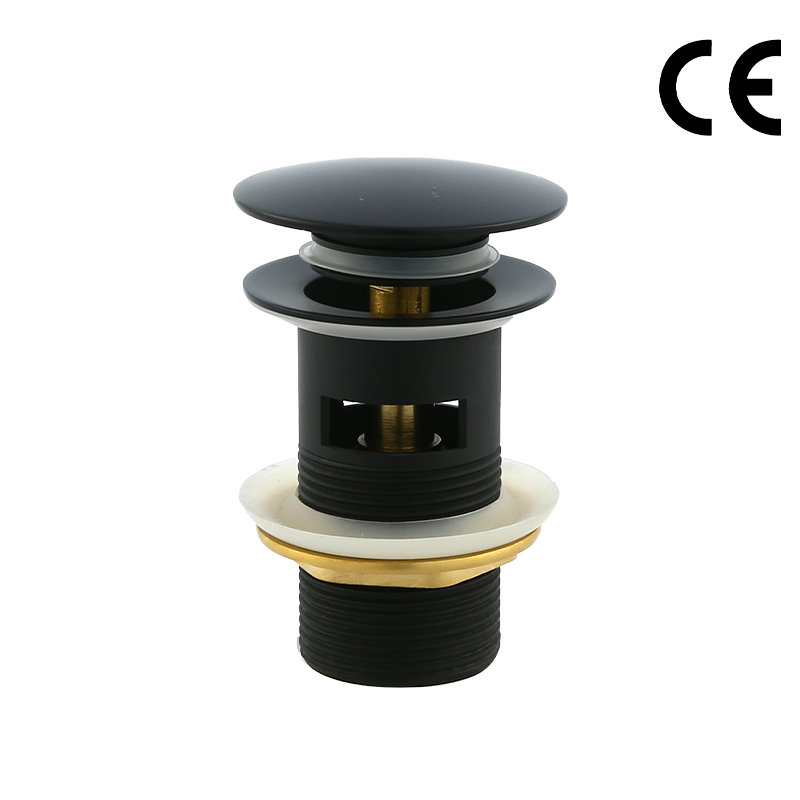Captive waste refers to any waste material
Date:2023-03-16
Captive waste refers to any waste material that is generated and held within a specific location or facility. This can include industrial waste, medical waste, and even household waste in certain situations. Captive waste can pose significant environmental and health risks if not managed properly, making it essential for businesses and organizations to take proper waste management measures.
One of the biggest challenges with captive waste is that it is often hazardous or toxic. This means that it cannot be disposed of in the same way as regular household waste. Instead, specialized disposal methods must be used to ensure that the waste does not pose a threat to human health or the environment.
One common method for managing captive waste is to use a landfill. Landfills are specially designed facilities that are engineered to safely contain waste materials. This involves using a variety of different layers and materials to prevent the waste from seeping into the ground and contaminating the soil and groundwater.
Another method for managing captive waste is to use of incineration. This involves burning the waste at extremely high temperatures, which helps to break down and neutralize any hazardous materials. Incineration can be an effective method for managing certain types of waste, but it can also be expensive and produce air pollution.
Recycling is also an important aspect of captive waste management. By recycling materials such as plastics, metals, and paper, businesses and organizations can reduce the amount of waste that they generate and reduce their environmental footprint. Recycling can also help to conserve natural resources and reduce energy consumption.
One of the challenges of captive waste management is ensuring that waste is properly sorted and classified. This is particularly important for hazardous waste, as it must be treated and disposed of in a specific way to prevent environmental and health risks. Businesses and organizations must have clear policies and procedures in place to ensure that waste is properly classified and disposed of.
Overall, captive waste management is an essential aspect of any business or organization that generates waste. By properly managing waste, businesses and organizations can reduce their environmental impact, protect human health, and comply with regulations and laws governing waste management. With proper planning and the use of specialized waste management methods, it is possible to effectively manage captive waste and mitigate its impact on the environment and public health.




 English
English Español
Español

















